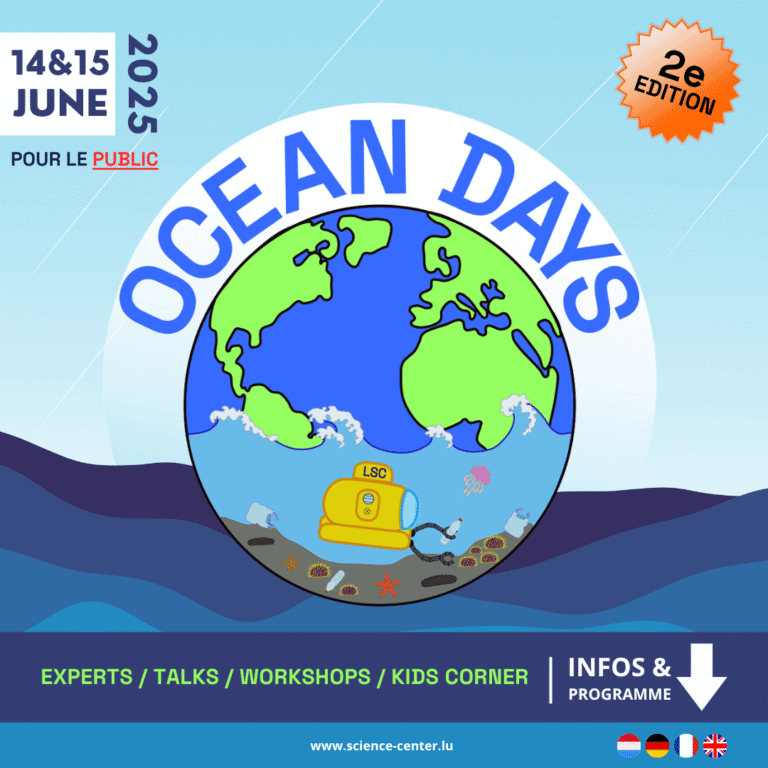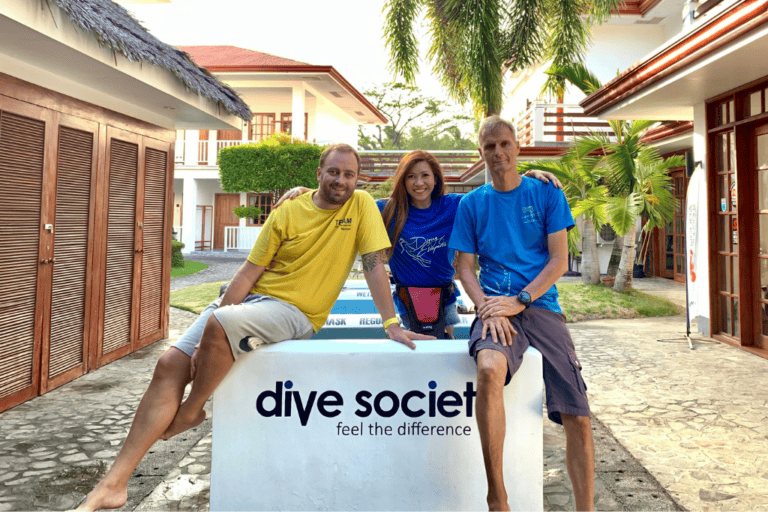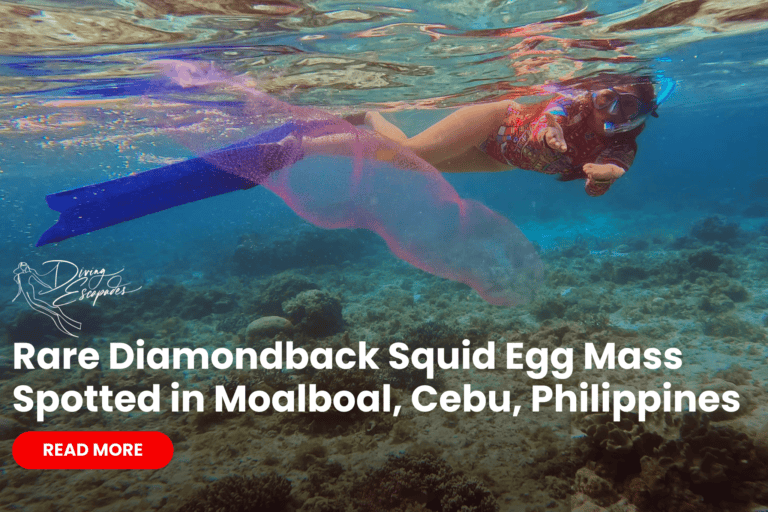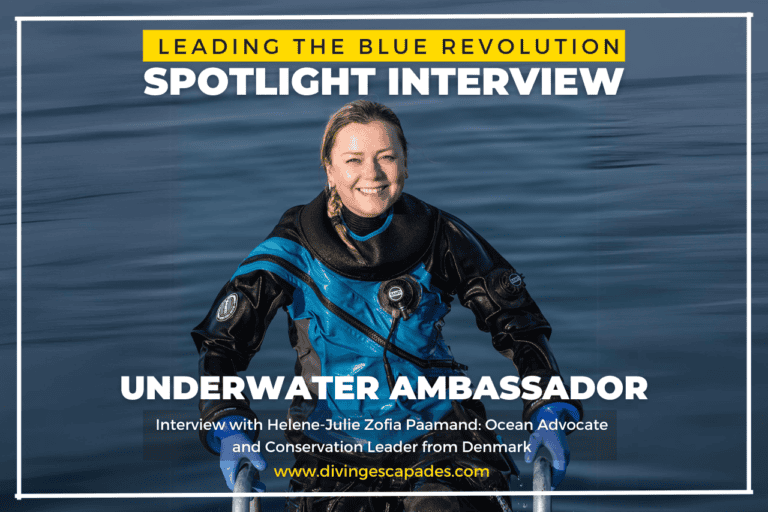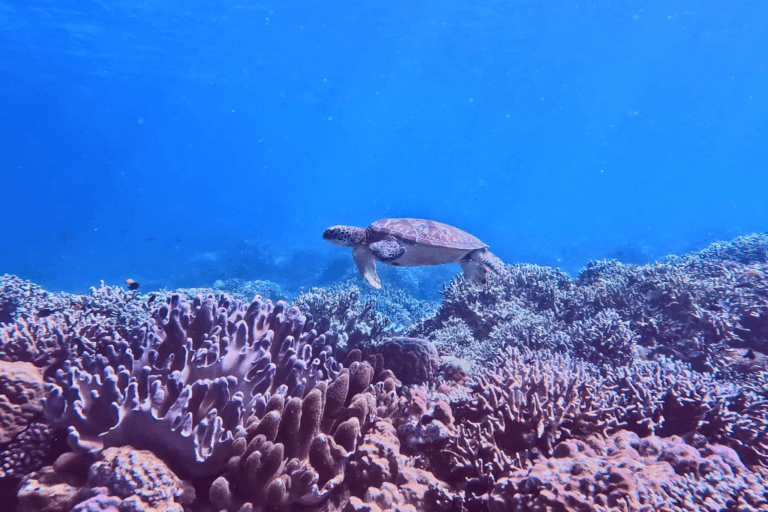Be Part of the Solution: Clean the Ocean with the TRSHBG Ocean Bag
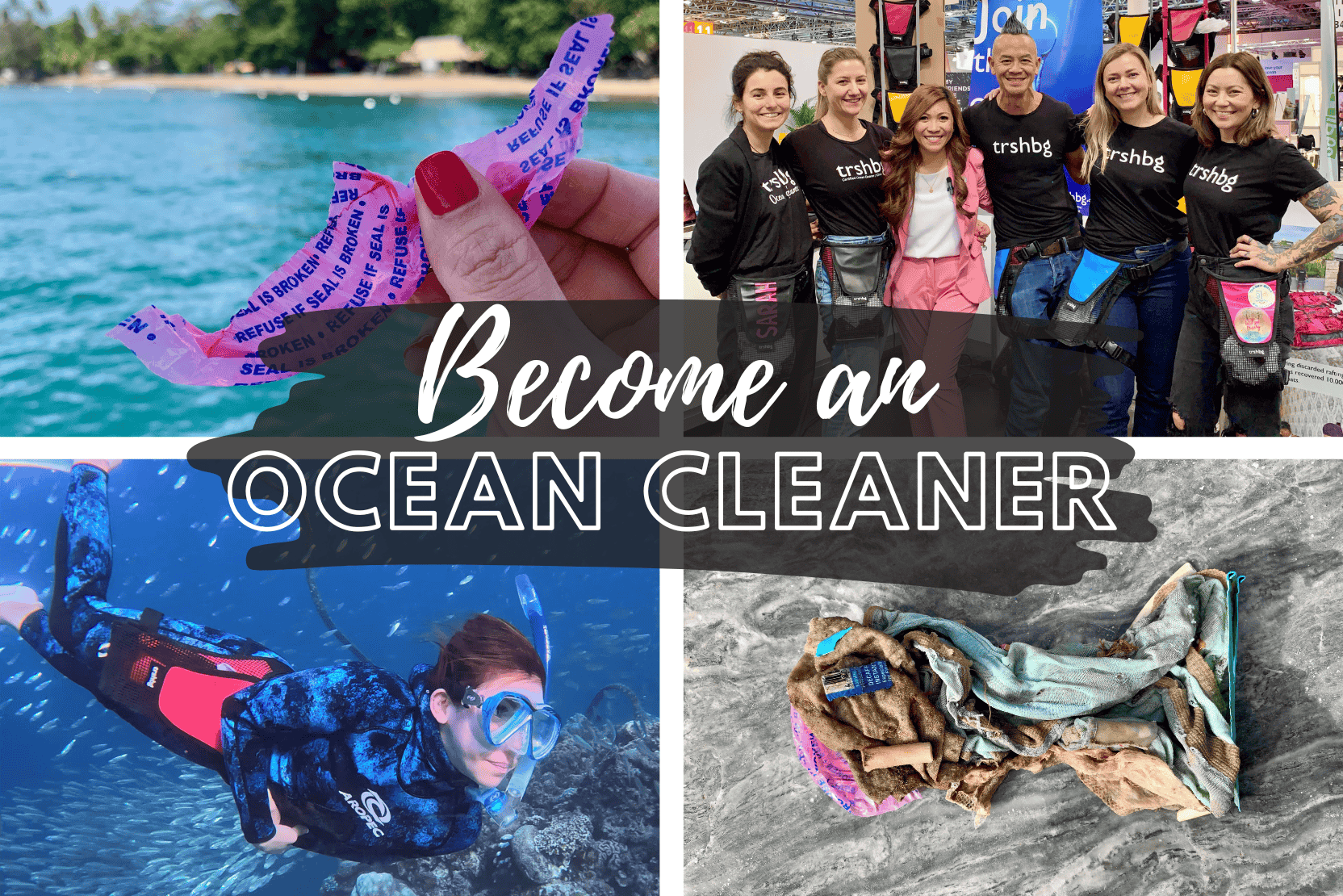
Are you ready to take action against ocean pollution with a simple ocean bag? This growing issue impacts not only marine life but also our health and future. When both the environment and our well-being are at stake, it’s essential to be proactive in our conservation efforts.
In this post, I’ll show you how to become an ocean cleaner with TRSHBG, a practical ocean bag designed for making a collective impact. I’ll also share a story about how I got involved in this movement, highlight some alarming facts about plastic pollution, and hopefully inspire you to join this important cause.
Discovering TRSHBG: From First Use to Passionate Advocate
At Boot Show 2024 in Düsseldorf, Germany, a deep appreciation for the sea was palpable among attendees, myself included.
There, I had the pleasure of meeting the TRSHBG team and discussing with Helene and Trieu, whose dedication to fighting ocean pollution was truly inspiring.
They introduced me to TRSHBG, a compact, durable ocean bag designed to help divers and ocean enthusiasts contribute to cleaner waters. Moved by their passion and commitment, I decided to join their movement and become an ocean cleaner.

Photo with the amazing TRSHBG team at Boot 2024 in Düsseldorf, originally posted on the Diving Escapades’ Instagram page.
How and Where is TRSHBG Made
Discovering TRSHBG was a pivotal moment in my journey as an ocean enthusiast. More than just an accessory, TRSHBG is a powerful tool for environmental stewardship. It is handcrafted in Bali, Indonesia and predominantly made from upcycled materials. See the photo below to see how each TRSHBG is made.

Photo courtesy of the TRSHBG team.
First Use
The first time I used it during a recent dive in the Philippines, I felt a profound connection to the environmental cause. As I gathered discarded plastics, old textiles and other debris, the impact of each piece I removed from the water struck me deeply.
Below, you can see photos of the trash I collected during my dives, serving as stark reminders of the pollution affecting our seas.

Here’s the first piece of plastic I collected with my TRSHBG. It felt great to leave the ocean one piece of plastic lighter.

Catch of the day! After my triple-dive day in Dauin, Dumaguete, Philippines, here’s what Jun-Jun from Dive Society Dauin and I managed to gather. Not a lot—and that’s a good thing!—but we’re happy that we left the ocean better than we found it.
This experience solidified my commitment to the cause. However, I’d like to emphasize that it was not the first time I had encountered ocean trash.
I’ve seen discarded plastic bottles and other debris in my dives in various locations—from the waters of Queensland and New South Wales, Australia, to Hawaii, and the beautiful waters of the Mediterranean Sea. This widespread issue made me realize that plastic debris is not confined to any one location.
Motivated by what I saw and the clear need for more action, I contacted Trieu from the TRSHBG team. I expressed my desire to help spread the word and get others involved. Shortly thereafter, I became a certified dealer of TRSHBG, ready to help others contribute to cleaner, healthier waters.
The Urgency of the Issue
In an effort to fully grasp the extent of ocean trash, I did a bit of research and discovered the staggering reality of the Great Pacific Garbage Patch: a massive accumulation of plastic waste, located between Hawaii and California, that covers an estimated surface area of 1.6 million square kilometers.
When I first learned about the Great Pacific Garbage Patch, I was surprised to discover that it wasn’t the floating island of trash I had imagined. According to NOAA, it’s actually a vast expanse in the North Pacific Ocean where tiny microplastics accumulate, invisible to the naked eye. These plastics are not clumped together but are instead scattered across a huge area, carried by ocean currents that act like giant whirlpools, pulling debris into their centers.
The reality of this environmental issue hit home for me – it’s a severe problem that affects marine life and could potentially impact our health, although the extent is still being studied.
NOAA stresses the importance of prevention as the key strategy—encouraging us to reduce, reuse, and recycle to manage waste more effectively and to “remove” by engaging in beach cleanups to intercept debris before it reaches these ocean patches.
This crisis has clearly highlighted the need for initiatives like TRSHBG.
Why Every Piece Counts
Every piece of plastic removed from the ocean disrupts a perilous cycle of pollution. When we consider that plastics can take up to 500 years to fully degrade, it becomes clear that each piece retrieved represents centuries of potential harm averted.
As these plastics break down, they don’t just disappear, they fragment into smaller particles known as microplastics. These microplastics permeate our oceans, affecting the delicate balance of marine ecosystems.
They are ingested by marine organisms, from the smallest plankton to the largest whales, and eventually make their way up the food chain to humans, posing significant health risks.
Below, see a collage of marine debris, ranging from discarded plastic forks, bottles and toothpaste tubes to various plastics found in the ocean.
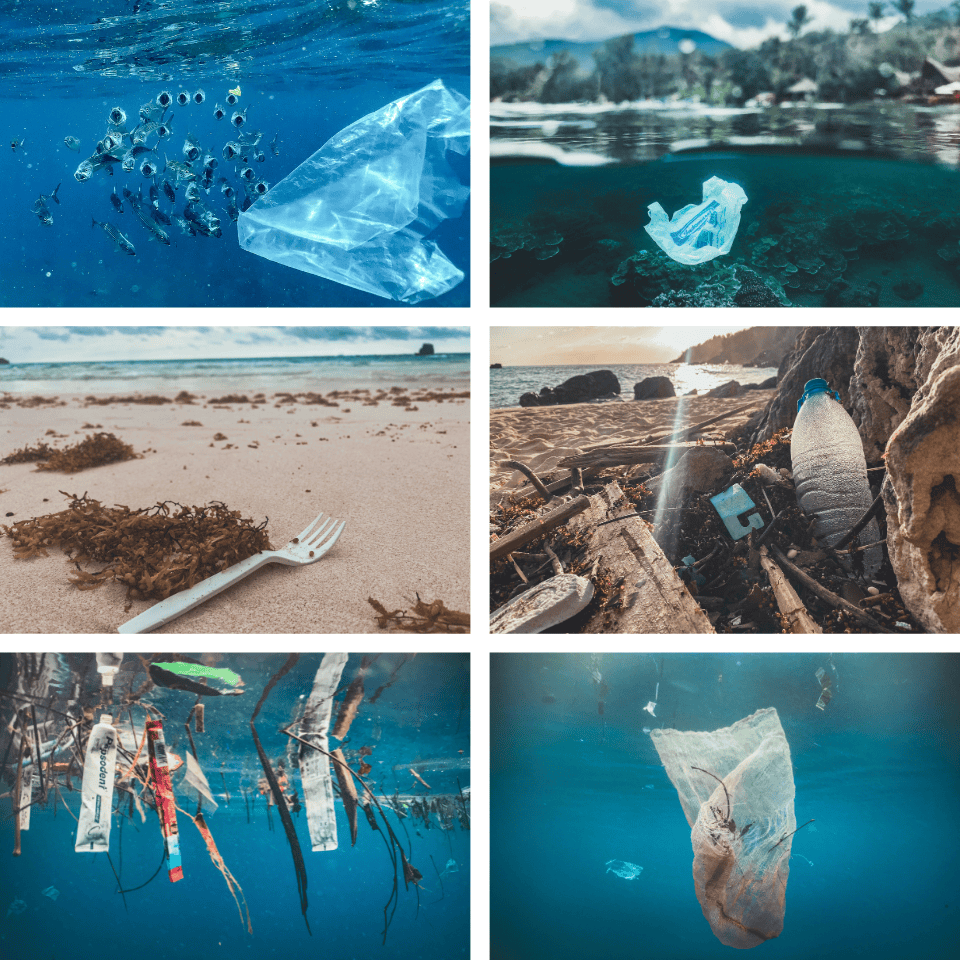
Marine debris photos by Naja Bertolt Jensen on Unsplash.
Our individual actions play a pivotal role in this larger battle against ocean pollution. By being proactive during our water activities, we can effectively collect debris that would otherwise contribute to this ongoing problem.
This process not only benefits the immediate environment but also helps raise awareness of the broader issue, encouraging others to take action.
The Power of Community
Being part of the TRSHBG community means joining forces with a global network committed to preserving the beauty and health of our oceans.
As a dealer in Luxembourg, my goal is to equip local ocean enthusiasts with TRSHBG ocean bags, inspiring each one to turn their time in the water into a powerful act of conservation.
As we approach the summer season in Europe, this post aims to rally our community to rethink our interactions with the ocean and to urge everyone to join the movement as ocean cleaners.
Although we are just beginning to share our stories and successes, every new participant brings us closer to creating a ripple effect of change.
Our growing community stands as proof of the power of collective action—when we come together, significant change is not just possible, it’s inevitable.
Call to Action
Join our community of environmental stewards and make a difference—even if you’re in a landlocked area, your efforts have a global reach. Utilize every opportunity, whether at lakes, rivers, or during seaside holidays, to combat pollution with a TRSHBG bag. Every piece of trash you remove helps protect our interconnected water systems and the broader ocean.
Visit the Diving Escapades’ shop to get involved, choose your TRSHBG ocean bag, and begin your journey towards a cleaner environment. Remember, doing nothing is not an option when both our health and our future depend on the health of our aquatic environment.
Let’s act locally and create a global impact. Are you ready to transform your time near water into effective cleanup sessions? If you love our oceans, join us in removing trash and contributing to a healthier, cleaner world.
Start today—pick your TRSHBG ocean bag and make a difference with every dive, surf, or swim. Together, we can clean our waters one session at a time, ensuring a better environment for generations to come. Let’s inspire each other and spread this movement worldwide.
Extra: How To Use The TRSHBG Hip Bag to Clean The Ocean

